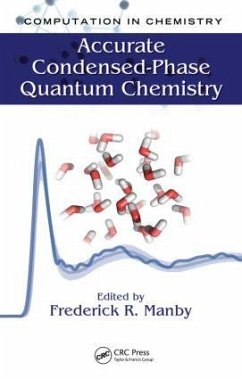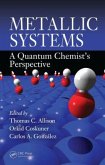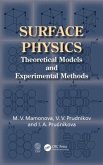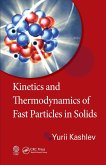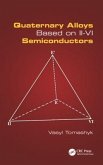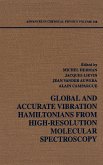The theoretical methods of quantum chemistry have matured to the point that accurate predictions can be made and experiments can be understood for a wide range of important gas-phase phenomena. A large part of this success can be attributed to the maturation of hierarchies of approximation, which allow one to approach very high accuracy, provided that sufficient computational resources are available. Until recently, these hierarchies have not been available in condensed-phase chemistry, but recent advances in the field have now led to a group of methods that are capable of reaching this goal. This book addresses these new methods and the problems to which they can be applied.

